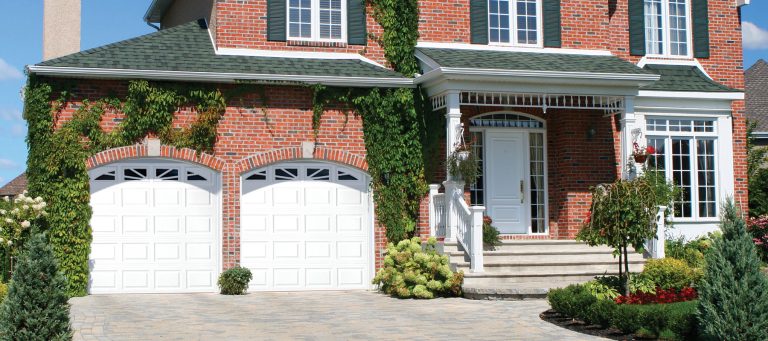Piping is an important component in a compressed air system. When the air is compacted, dried and sifted, it is then sent to an end client.
What is the Purpose of Compressed Air Pipe System?
The purpose behind the compressed air piping systems are to convey compacted air to the purposes of utilization. The compressed air needs to be delivered with appropriate quality, enough volume, and pressure to properly power the components that use the compressed air. Compressed air is costly to manufacture. A poorly designed compressed air system can promote equipment failure, increase energy costs, reduce production efficiencies, and increase maintenance requirements. Compacted air is used in numerous commercial industrial facilities and is viewed as a utility fundamental to generation. Transair compressed air pipe system is ready to install and ready for immediate pressurization. Parts are removable and exchangeable and permit quick and easy layout changes reducing production downtime. In contrast to the performance of steel pipe, which degrades after some time because of corrosion, air quality is clean with optimum flow rate execution with the utilization of a Transair pipe system.
Different Kinds of Pipes
There are different kinds of pipes in the market and it’s a bit confusing. There are steel pipes, stainless steel pipes, plastic pipes, and many other materials, and then there are a thousand different makes and types of piping and couplings. But there are a few things to consider when buying your compressed air piping. One might choose a steel or a plastic pipe, depending on the compressor type and plant size.
- Steel compressed air pipe – steel pipes are strong and can withstand high temperatures and pressures but they are relatively expensive, heavy, and have problems with rust.
- Plastic compressed air pipe – plastic funnels are light and without rust yet can’t withstand high temperatures.

Guidelines for Optimizing an Air Pipe System
Installing an air pipe system should be completed in accordance with certain guidelines.
- Bends and bypasses involve pressure drops and to avoid them are to use assemblies because they allow modification of a system and the bypass of obstacles.
- Limit excessive decreases in pipe diameters that also involve pressure drops.
- Threaded components make regularly expanding leaks after some time, pick materials that don’t corrode.
- Ensure consistent quality clean air.
- The size of a system has a direct influence on the good performance of tools: choose the appropriate diameter according to the required flow rate and acceptable pressure drop.
- To facilitate access for upkeep, don’t position a system underground.
- Install drops as close as possible to regions of the operation, along these lines where instruments require most extreme vitality for optimal working.
- Install pipe supports two supports per 10′ (3m) pipe length and three supports per 20′ (6m) pipe length.













